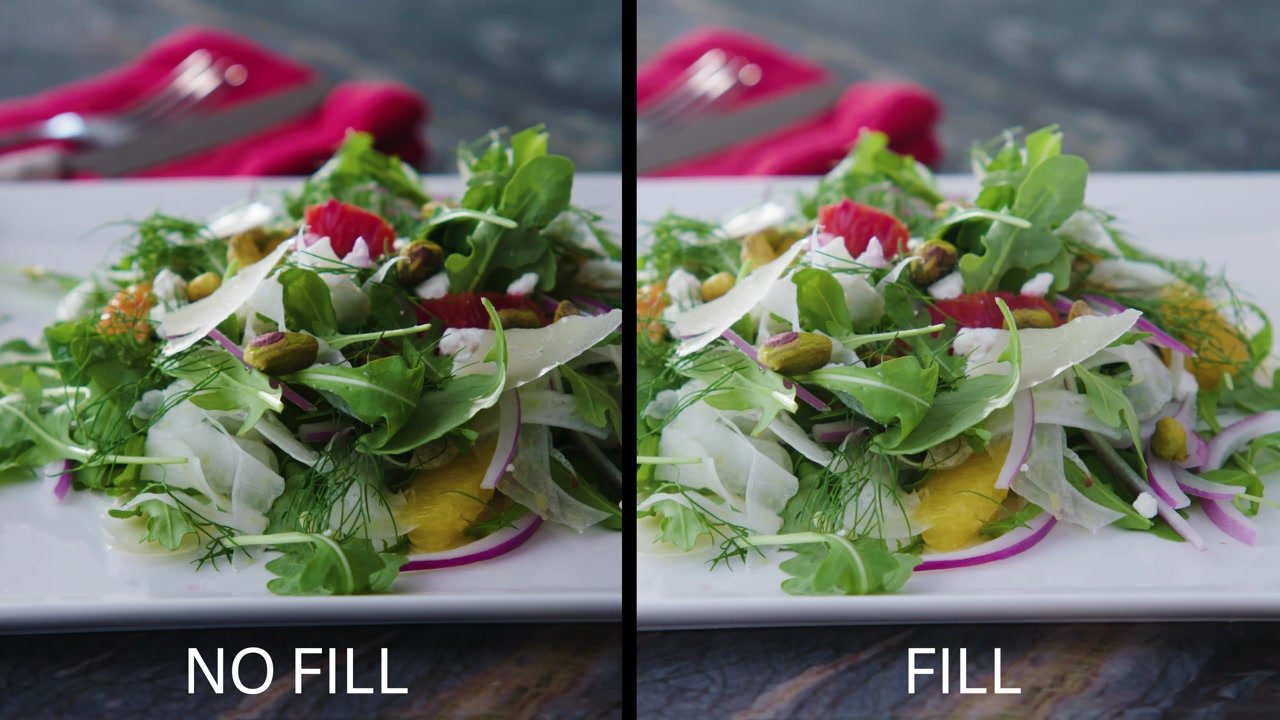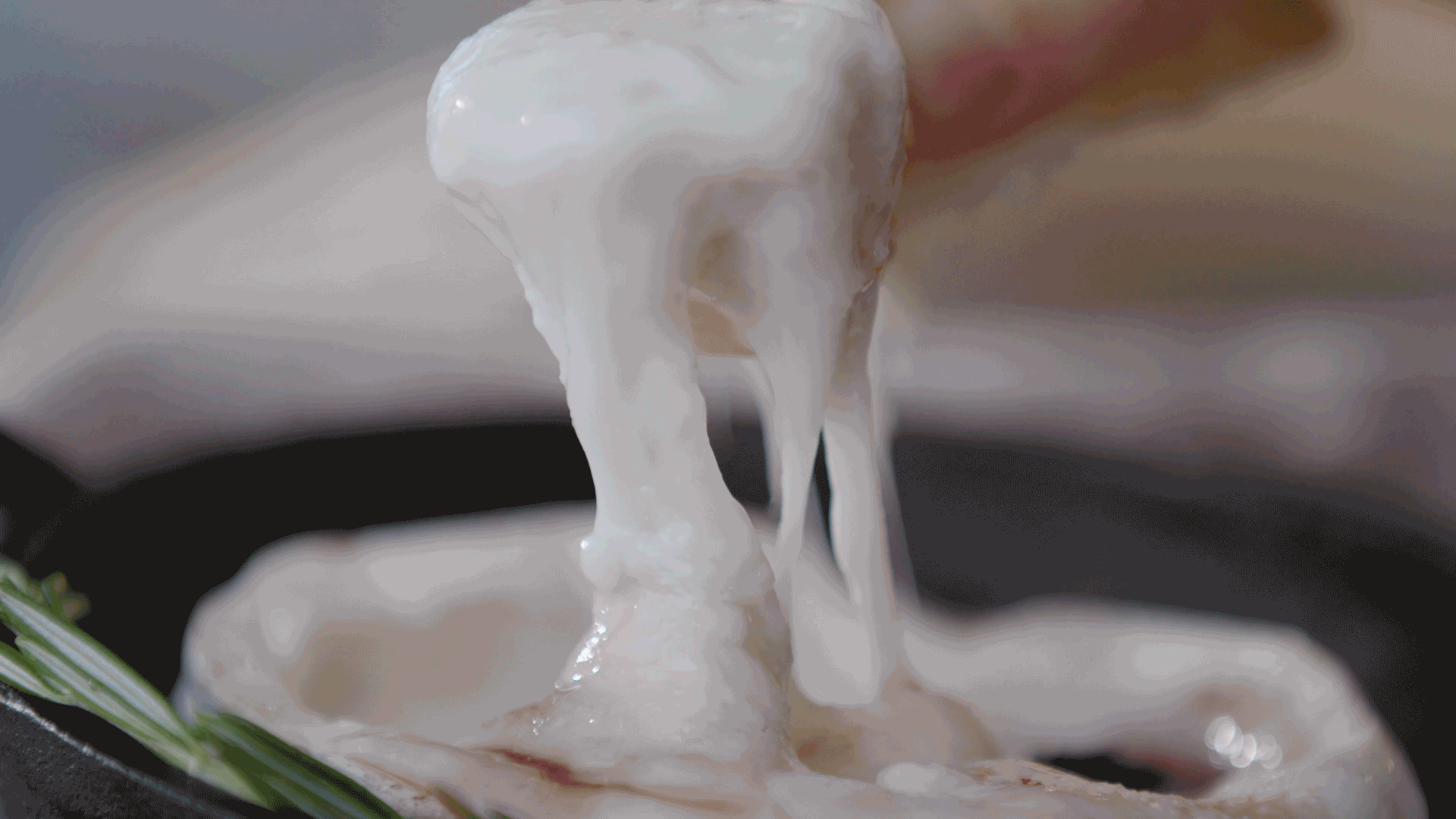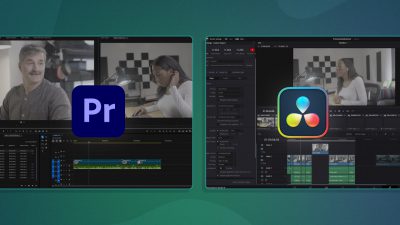Ever wonder why food looks so much better on your plate than it does on camera? As it turns out, there are a few simple tricks to filming food so that it looks as good as it tastes.
We’re not talking about crazy food industry sleight of hand, like using shaving cream instead of whipped cream. We’re talking about easy ways you can use existing tools in your kitchen to make your meal picture perfect.
In the video below, we’ll walk you through the four key ingredients you’ll need to create a feast for the eyes.
Good Food, Good Video
In this episode of our How To Video series, Nick LaClair goes through each of the four secrets to filming food. Whether you want to capture the excitement of a holiday feast, run a catering company or a restaurant, or just plain love food, this video is for you.
1. Backlighting
The key to making food look as appetizing on camera as in real life is backlighting. Typically, you want to film subjects with the light in front of them. Food is one of the exceptions to that rule because a backlight adds dimensionality to your dish. The backlight deepens the shadows, while also highlighting the texture of your food.
In our example, we used the light from the windows as our backlight and our main light source (also known as a key light). Daylight works very well for lighting food for video in general. You can experiment with more or less direct light by drawing a sheer curtain, or tweaking the blinds to get the look you want.
Use a Fill
However, a backlight can darken the foreground of your shot more than might be desirable. A fill, e.g. a softly reflective surface, will help counteract those shadows by bouncing light from your key light back onto your subject.

To show off the detail in our winter citrus salad, we draped a white kitchen towel over a cookbook, and positioned it just out of frame. You could also use a white sheet of paper, a piece of white poster board, or nearly any similar object with a white surface.
2. Action!
Food is most interesting when it’s in motion. Whether it’s being scooped up for a bite, drizzling over the edge, or sliced steaming hot onto a plate, the experience of enjoying food requires action to translate on camera.
For our shoot, we used baked brie with a blueberry honey topping, and filmed an ooey gooey cheese pull to make it look extra appetizing.

For your own purposes, look for ways to capture close-ups of your food being served or devoured. Use slow-motion for extra drama.
3. Art Direction
Naturally, the food has to look good on the plate if it’s going to look good on camera. Similarly, its surroundings matter.
Dress your “set” with care. Iron those napkins, shine your cutlery, and add some fresh herbs for garnish. Your accessories should complement the star of the show, and not distract from it. You can also use props to subtly reinforce the holiday spirit by going with a theme.
4. Shoot the Process
Capturing the magic in the making of food is essential. Of course, most kitchens are pretty chaotic during the holidays, but that’s part of the fun!
Short vignettes will help showcase the work that goes into the final product. Look for opportunities to film people slicing, dicing, stirring, and frying. Zoom in to capture the sizzle of hot oil, or a carrot being precisely chopped.
Later, when you’re editing your video together, you can use these clips as b-roll to tell your story, and help keep your viewers engaged.
Got a video to share with your foodie friends? Open a free trial today and see how our platform can help!








